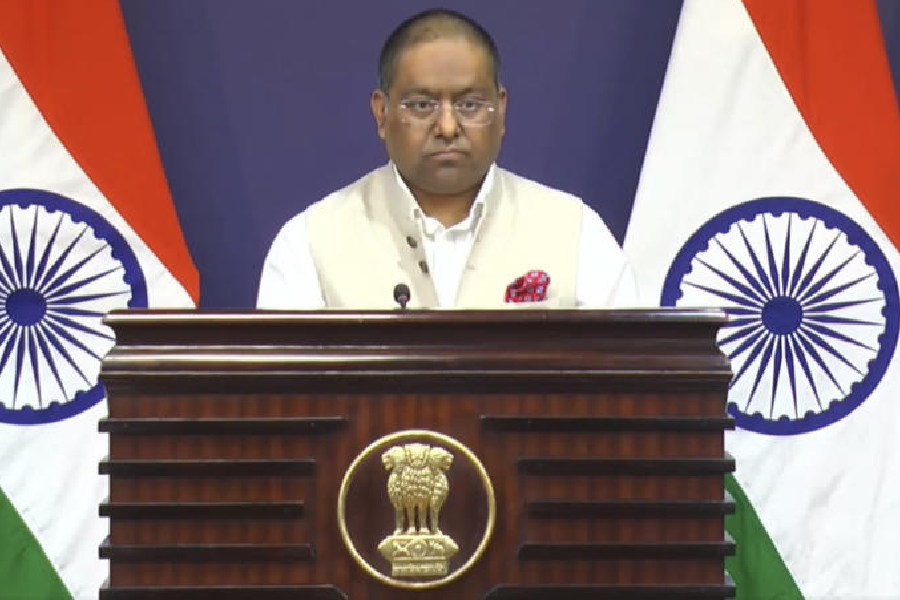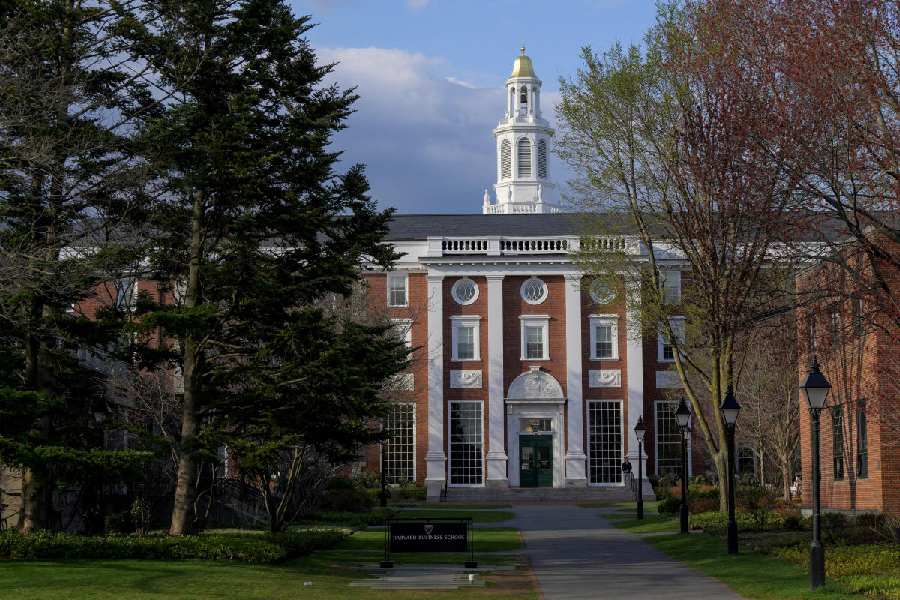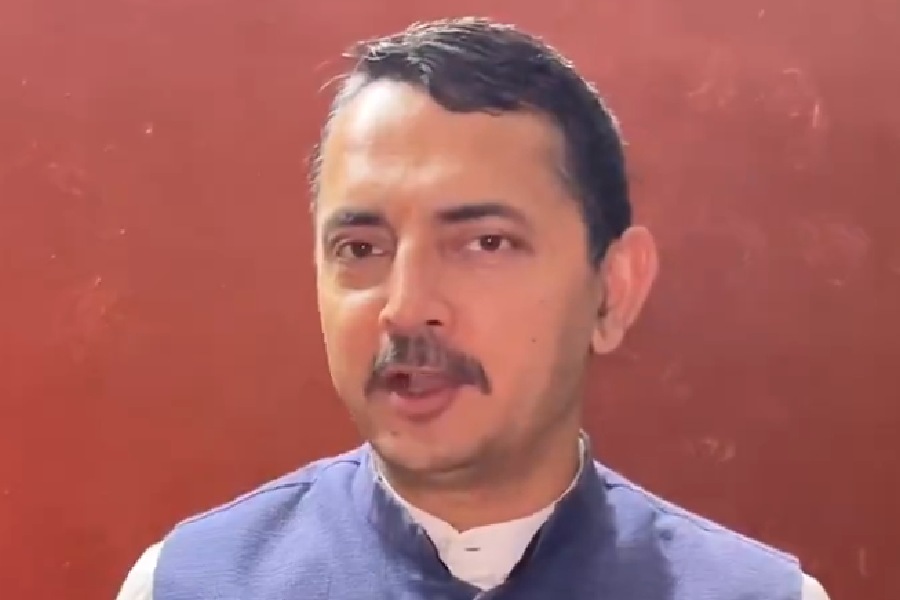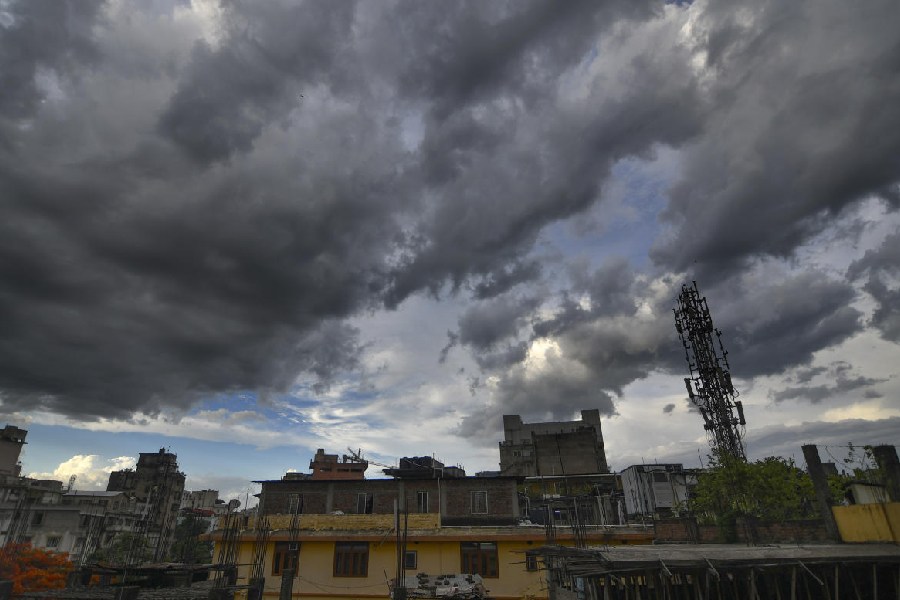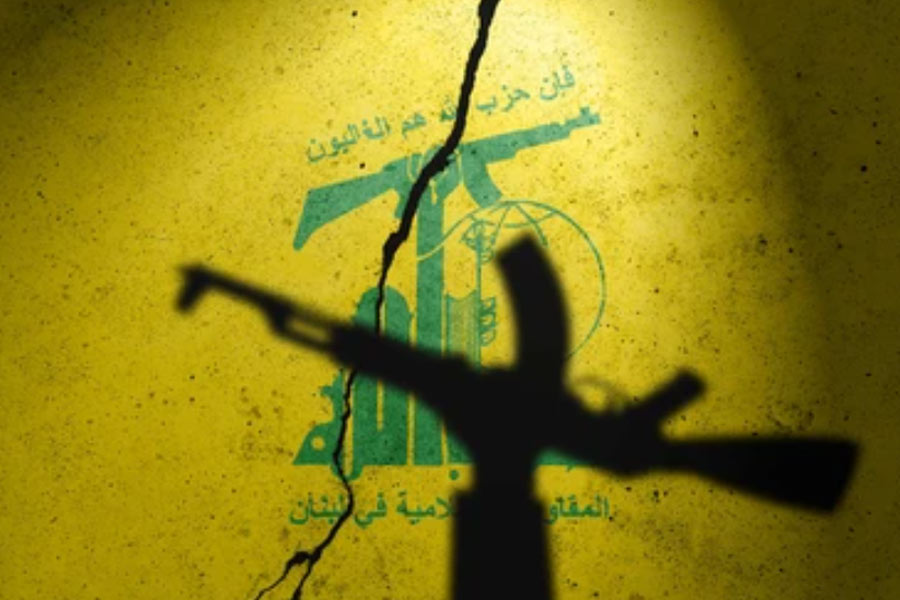 |
| File picture of Angami tribesmen in traditional attire |
Kezhakeno (Phek), Feb. 19: An enduring Naga fable about three inseparable brothers fighting over a magical stone and parting ways has become a sleepy Nagaland village?s calling card in the highly competitive tourism market.
Kezhakeno, nestling in the hills along Nagaland?s border with Manipur, and Ma Khel, in the neighbouring state, are inextricably linked to the history of the Chakhesang, Angami and Sema tribes. Realising that Kezhakeno?s historical importance can be tapped for tourism gains, the Nagaland government recently built a tourist bungalow in the village and is planning a museum and a cultural complex.
?Steeped in history, your village has the potential to be a major tourist destination, You can be partners in our endeavour to develop a place where Naga roots lie,? K.K. Sema, commissioner and secretary of tourism and art and culture, told the residents during a visit to the village.
The art and culture department?s decision to hardsell Kezhakeno is part of an initiative to take tourism in the state beyond infancy. Barring the annual Hornbill Festival in December, there is no major event to attract tourists from within the country and abroad.
Several ideas, including a Kezhakeno-Ma Khel tourism circuit, came up for discussion during the official team?s visit. Enthusiastic villagers displayed artefacts ? cane baskets and earthen pots ? used more than a century ago.
?Many of these were destroyed when the army attacked our village in 1956, but we have managed to preserve some,? said Kevin Zehol, a resident of the area.
The British were the first to record the story of the three brothers, based on narrations by Naga elders. The village has carefully preserved a stone slab that is considered to be the property of the once inseparable family.
The story goes that paddy kept on the stone used to double, leading to fights among the brothers over who should get the first share. When she could not take it anymore, the siblings? worried mother burnt sesame leaves under the stone, breaking it into pieces.
Members of the Chakhesang, Angami and Sema tribes ? they are said to be the progeny of the three brothers ? regard the stone as proof of a single past.
K.K Sema said the government intended to beautify the village, especially the spot where the stone slab is kept. An elderly villager said he would write the story of Kezhakeno, while another promised to compile folk tales and information on traditional games.





